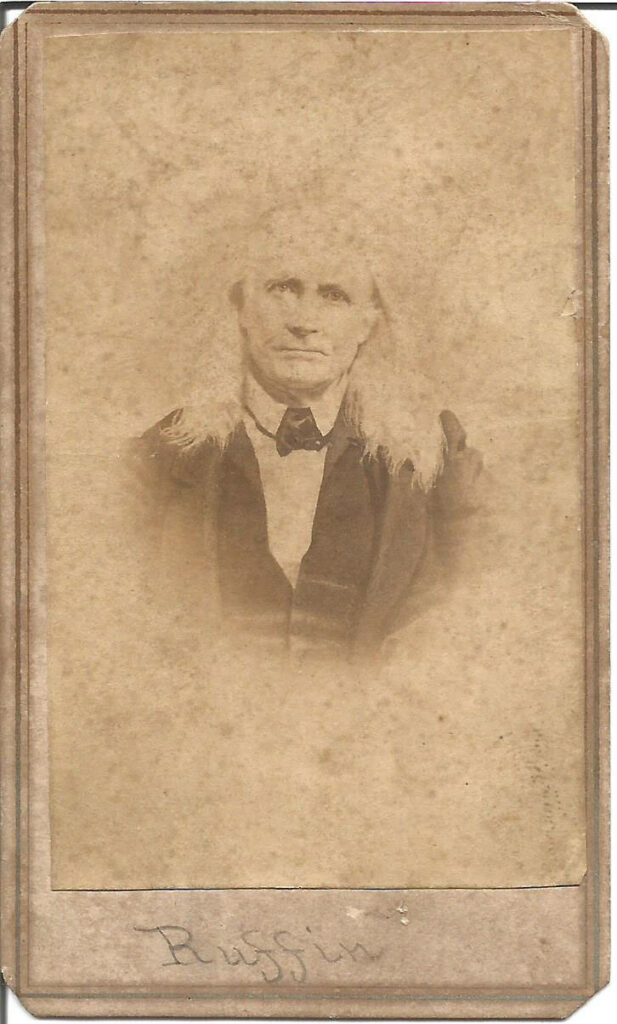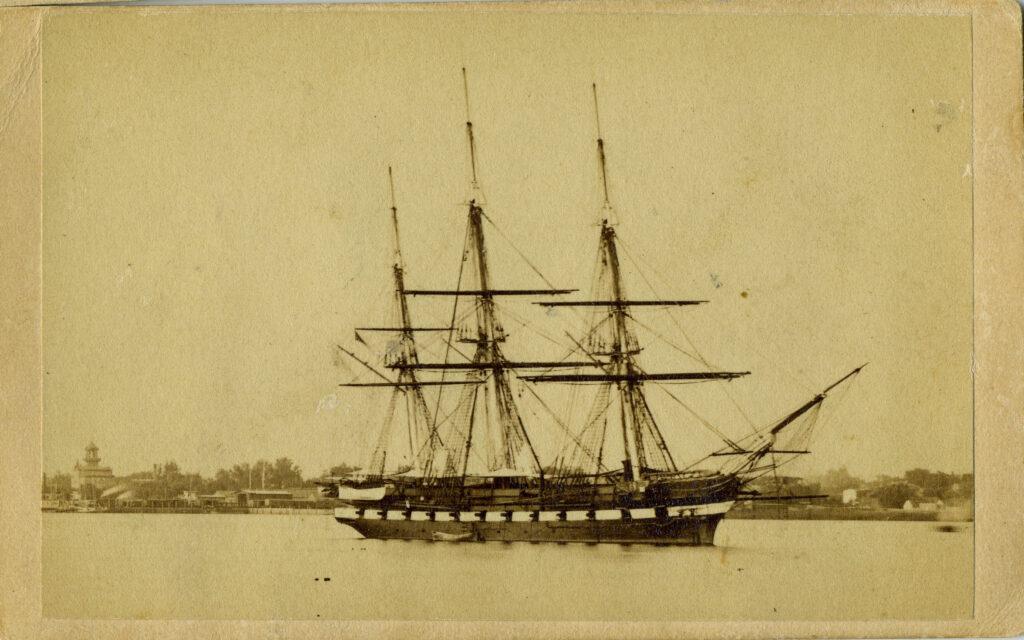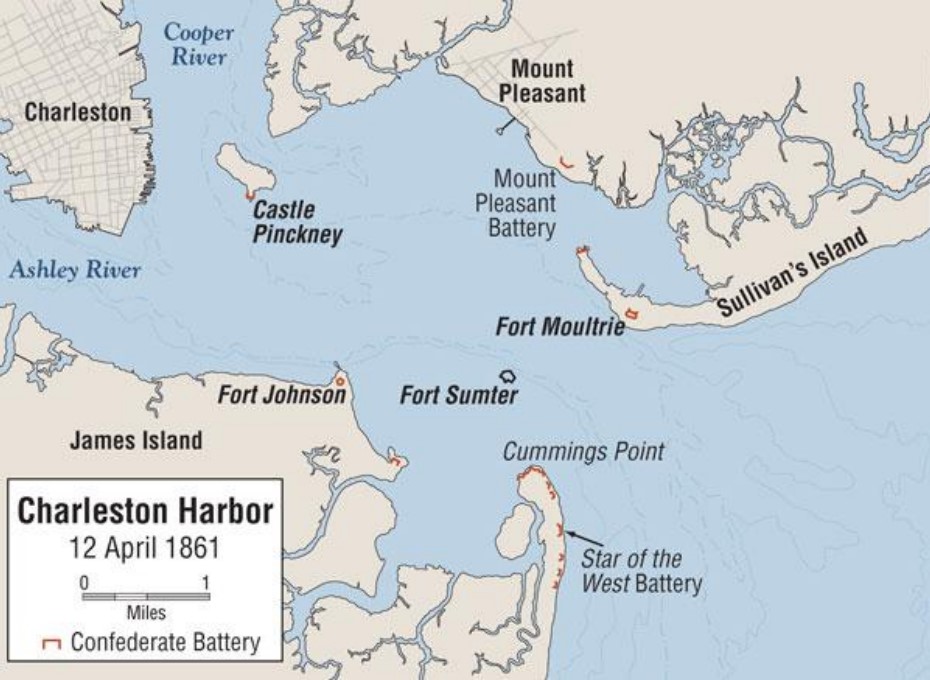Section #22 - The Southern States secede and the attack on Ft. Sumter signals the start of the Civil War
Chapter 291: The Battle For Ft. Sumter Is Under Way
April 12, 1861
The Confederates Bombard The Fort

General Beauregard’s orders are now crystal clear:
Reduce the fort as your judgment decides to be most practicable.
He moves almost immediately, with much of Charleston still gathered near the harbor at night, after waiting all day to cheer the start of the action.
At 3:20am he follows military protocol with Chestnut back at Sumter handing Anderson a note that firing will begin one hour hence.
While still looking out to sea for the arrival of the anticipated reinforcements, the garrison braces for the bombardment.
It comes at 4:30am on April 12 from Ft. Johnson to the southwest, fired by Captain George James, as a signal shot to unleash the other batteries. Seconds later, Edmund Ruffin is given the honor of firing from Cummings Point, landing a 64 lb. shell that hits the outer wall.
Inside of Sumter, Major Anderson has only 700 shells at his disposal, and he waits until 7:30am to return fire, with Captain Abner Doubleday pulling the first lanyard. To protect his men, Anderson also abandons his heavy guns along the exposed parapet and utilizes only the lower batteries which peak out from behind five feet of solid concrete.
The Confederate pounding continues unabated, with the only hope for the garrison appearing on the horizon in the late morning.
Sidebar: The Remarkable Defenders Of Ft. Sumter
In addition to Major Robert Anderson, a host of other members of the Ft. Sumter garrison will go on to earn high military honors in the upcoming Civil War. Included here are subsequent Major Generals Abner Doubleday, Samuel Crawford, Truman Seymour, John Foster and Jefferson C. Davis. Another defender, artillery Captain Norman J. Hall, will earn fame at several battles, including Gettysburg, where his brigade turns back Pickett’s Charge along Cemetery Ridge.

John Foster (1823-1874), and Jefferson C. Davis (1828-1879)
April 12, 1861
Lt. Fox’s Rescue Expedition Approaches Sumter But Then Turns Away

Aside from the sheer courage of Anderson and his men within the fort, all they have to hope for is a last second rescue by the naval fleet supposedly on its way.
The fact is that it has arrived, at least in part, as of 3am on April 12, some ninety minutes before the Confederates open fire.
But the mission continues to be plagued by the lack of coordination evident from the beginning.
When the overall commander, Lt. Gustavus Fox, traveling aboard the passenger ship, Baltic, reaches the designated rendezvous point ten miles east of the Charleston harbor lighthouse, he finds two of his four support craft present and two missing.
The Harriet Lane, departing from New York, appears, as does Pawnee, coming down from Washington. Absent, however, are Pocahontas, traveling from Norfolk with its 300 soldiers and heavy weapons, and Powhattan which, still unbeknownst to Fox, is on its way to Ft. Pickens – along with landing craft crucial to any amphibious landing at Sumter.
Fox is very concerned about proceeding with only a three ship fleet, but finally runs out of patience with waiting, and sets sail for Sumter. By the time he approaches the harbor, he hears cannon fire and sees smoke already rising from the fort. Instead of a peaceful landing, any attempt will need to be made under fire.
Fox is no coward, but neither is he a reckless fool, and so he tacks back east hoping to find that his two missing vessels have arrived. To his consternation, neither are there, and he again reverses course hoping to at least do something for Anderson and his men.
But again he is frustrated, this time by a storm which sets in on his approach and forces him to again turn back.
